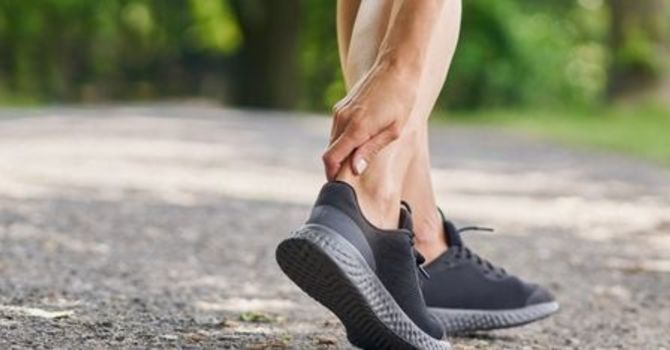Due to the wide range of possible injuries, symptoms can vary but can include pain, stiffness, swelling and tenderness at the site of the injury, weakness, joint instability, sharp or dull pain when weight-bearing or performing a specific movement, and an inability to move a joint through its normal range of motion. Symptoms will differ depending on the severity and specificity of the injury and can also worsen when inadequate time is provided for the injured area of the body to heal properly.
Blog
Sports Injury
The term ‘sports injury’ refers to the types of injuries that may be sustained during sport or exercise.
Sports-related injuries can include bruising, sprains (torn ligaments), strains (torn muscles or tendons), fractures, dislocations, concussions, and other joint-related injuries like meniscal tears, and bursitis (inflammation of fluid-filled sacs that cushion and reduce friction between tissues of the body). Due to the wide range of possible injuries, symptoms can vary but can include pain, stiffness, swelling and tenderness at the site of the injury, weakness, joint instability, sharp or dull pain when weight-bearing or performing a specific movement, and an inability to move a joint through its normal range of motion. Symptoms will differ depending on the severity and specificity of the injury and can also worsen when inadequate time is provided for the injured area of the body to heal properly.
Causes Of The Symptoms
Who Experiences These Symptoms & How Does It Impact Their Lives?
There are two types of sports-related injuries: acute and chronic. Acute injuries, such as a sprained ankle, are typically associated with a sudden trauma and obvious loss of function. Examples of acute injuries are sprains, strains, fractures, dislocations, and concussions. Chronic injuries, on the other hand, result from prolonged repetitive motions, common in endurance sports such as running, cycling, and swimming, which cause cumulative trauma or wear and tear. Repetitive or overuse injuries account for more than a quarter of all sports-related injuries but attract much less medical attention because they are not instantly perceptible, and most are unaware they are seriously injured until symptoms become debilitating. Common chronic sports-related injuries include stress fractures, shin splints, runner’s knee, and tennis or golfer’s elbow. With both acute and chronic injuries, overtraining, a lack of conditioning, failure to warm up properly before activity, and improper form or technique can be the cause of or contribute to the injury. Those at increased risk for sports-related injuries include children, overweight/obese, and older individuals. Undiagnosed or untreated sports injuries can lead to long-term residual symptoms and degenerative conditions, including deformities and arthritis, that can severely impact your health and independence later in life.
Effective NW Calgary Sports Injuries Treatment
- Active Release Technique
- Shockwave Therapy
- Cold Laser Therapy
- Electro-Acuscope/Myopulse
- Graston Technique
- Physical Rehabilitation
- Kinesio Taping
- Biomechanical Analysis



